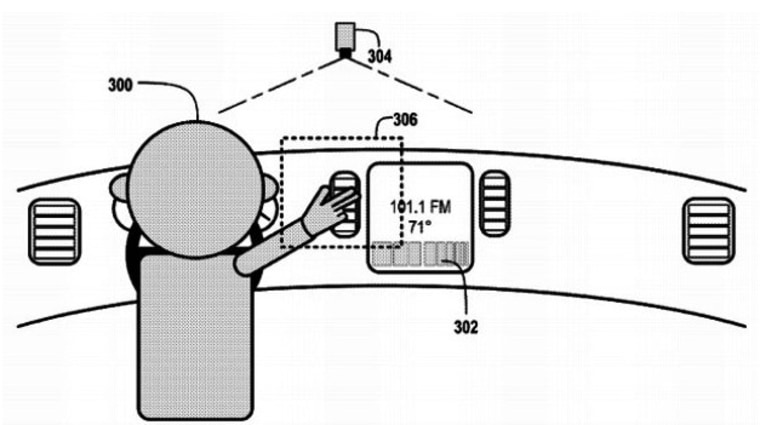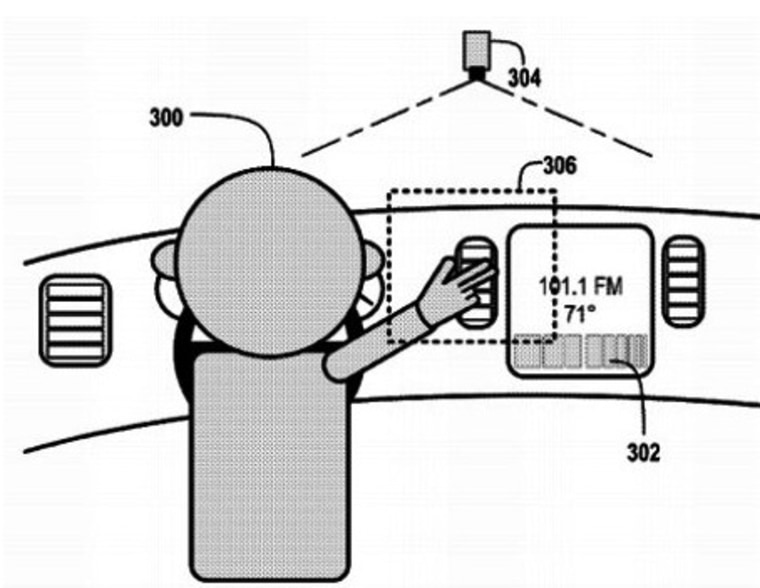
Cars and trucks are getting closer and closer to being controlled much like a video game. Google recently filed for a patent that might make controlling a car similar to playing Xbox Kinect.
The search engine giant, which has been touting its autonomous vehicle technology, is developing technology that would allow drivers to control the functions of a vehicle with simple hand gestures. While the use of hand gestures by drivers to convey directions, such as giving way or allowing a driver to pull out, or feelings, such as one well-known gesture that we’ll assign the term “anger,” is commonplace, actually vehicle commands is another realm entirely.
(Read also: Government Shutdown Posting Big Problems for Automakers; Could Delay New Vehicle Launches)
The system utilizes a depth camera mounted on the roof of the vehicle and a laser scanner. If a driver wanted to roll down the winder, he or she would make a swiping motion near the window. Similarly, a turning motion near the radio would adjust volume or change stations.
Xbox uses a similar system for certain video games with its Kinect system. Users playing the bowling game simply stand in front of a camera and act as if they are bowling and the movements are then transferred to the game.
(Read also: Subaru Goes to the Dogs: Tests Effect of Crash Safety Systems for Pets)
The system will gauge not just the motion of your hand, but also what gestures (two fingers pointing, a closed fist, a thumbs-up). Clearly certain gestures would need to be avoided…especially the one for “anger.”
(Read also: Porsche Charged Up About First Plug-in Hybrid)
While the patent fills the mind with what could be possible with such a system, it should be noted that Google isn’t really the first players in the market: that honor goes to Cadillac. GM’s luxury division already uses proximity sensors in its Cue system to sense when a motorist’s hand approaches the center touchscreen. That allows for less clutter on, say, a navigation map. Only when the motorist reaches over to change the destination or zoom in or out do touch-based controls pop up on the screen. And the volume is adjusted with Cue by sliding a finger across a touch-sensitive bar.
Toyota is also dabbling in the technology. The infotainment system in the Toyota RAV4-EV was specifically designed to simulate operating an iPhone and even allows pinching to zoom in or out on a map.
